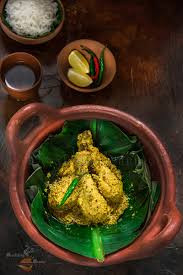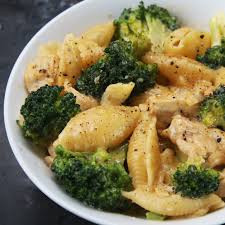Flavour Explosion on a Plate: Homemade Masala Fish Fry Becomes a Comfort Food Favourite
IIE DIGITAL DESK : The culinary landscape increasingly driven by health-conscious choices and gourmet dining, homemade masala fish fry continues to hold its ground as a cherished, no-fuss, and deeply flavourful dish. Whether served as a starter at family gatherings or as a comforting accompaniment to rice and dal on a quiet afternoon, this spicy and crispy fish delicacy is finding renewed love among home cooks across the country.
A dish that is rich in tradition and taste, the masala fish fry is known for its bold use of spices, balanced heat, and satisfying crunch. While it has many regional adaptations, the soul of the dish lies in the spice marinade—a fragrant paste that transforms a simple fish fillet into an unforgettable bite.
The recipe usually starts with selecting the right kind of fish. In Indian kitchens, varieties such as Rohu, Katla, Tilapia, Pomfret, Surmai (King Fish), or Bhetki (Barramundi) are preferred for their tender texture and flavour. The fish is cleaned, sliced into medium-thick fillets or steaks, and then coated in a spice-rich masala mix.
This masala is often a blend of turmeric, red chilli powder, coriander powder, cumin, garam masala, ginger-garlic paste, salt, lemon juice, and mustard oil or refined oil. In some regional twists, curd, besan (gram flour), rice flour, or even a hint of vinegar is added for extra zing and binding. The fish is allowed to marinate for at least 30 minutes, giving the spices enough time to penetrate the flesh.
Once marinated, the fish is either shallow fried in a pan, deep fried for added crispness, or, in more recent adaptations, air-fried or grilled. When cooked right, the masala fish fry offers the perfect texture—crispy edges with a tender, flavour-packed interior.
Food expert and home chef Rachna Mehra, who runs a YouTube channel dedicated to traditional Indian recipes, explains, “The homemade masala fish fry is a dish that connects generations. Everyone from grandmothers to new-age cooks has their own twist. But what unites all versions is the warmth, the aroma, and the deep satisfaction it brings.”
Apart from its sensory appeal, masala fish fry is also celebrated for its nutritional value. Fish is a well-known source of omega-3 fatty acids, lean protein, vitamins D and B2, and essential minerals like calcium, zinc, and iron. When prepared with minimal oil and served with vegetables or light sides, it makes for a balanced and wholesome meal.
In many Indian households, especially in coastal states like Kerala, Tamil Nadu, West Bengal, and Odisha, masala fish fry is not just a recipe but a mealtime ritual. It’s paired with steamed rice and a light lentil curry, or sometimes enjoyed with rotis or parathas, depending on the region. Garnishes like sliced onions, lemon wedges, and chopped coriander only enhance the dish further.
Restaurants and food delivery services are also cashing in on its popularity by adding traditional masala fish fry to their winter menus, often under the ‘authentic home-style’ tag. The rise of regional cuisine interest, along with increased air fryer usage and DIY spice blends, has pushed the dish back into the culinary spotlight.
From its bold masala kick to its comforting familiarity, homemade masala fish fry continues to thrive as one of India’s most beloved non-vegetarian recipes—simple, soulful, and always a hit.
You might also like!














